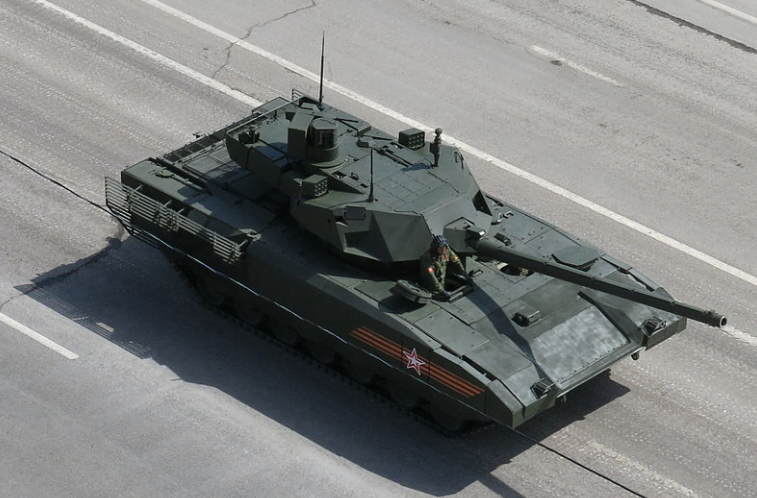
Forcesproject.com – In today we try to see and like to identify “Why are Russian tanks lighter and smaller than the western tanks?” for more details, see the discussion below!
As heavily armed and armoured combat vehicles that moves on two endless metal chains, tanks ultimately has the purpose to assist a country win a war. It’s important to note that no tank in history has proven to be invulnerable, and practically every good design decision comes with a trade-off, whether it’s an immediate design trade-off, an economic or manufacturing trade-off, or something else.
Before we go any further, let’s scrutinize the differences in design philosophy of the Russian and Western tanks.
The Soviet tank design concept had a preference for two tiers of tank, with one tank is less capable, but can be produced in greater numbers, and a more capable tank which was less numerous, but better-suited to tank combat. These pairings can be seen with the T-54/55 and the T-64, or with the T-72 and the T-80. In general, Western preferred to deploy a single main battle tank platform to establish a unified fleet of tanks. The Soviet designers exhibited a preference for making tanks relatively small, low-profile, and not too heavy. Meanwhile, Western vehicles became progressively larger and heavier through the second half of the 20th century, with notable exceptions to this trend being the Leopard 1 and AMX-3 tanks.

The results of this difference in concept are readily apparent when, for example, comparing the T-72 and the Leopard 2, or the M1 Abrams series of tanks. The T-72s are significantly smaller, shorter, and lighter than their Western counterparts. This has certain advantages, in so far as the T-72s are substantially less expensive to manufacture and to maintain, allowing the operator to field a larger fleet of T-72s than they could with Western tanks for the same budget. Interestingly, Western tank designs have been viewed more favourably in the public attention since around 1980, due in large part to the apparent accomplishments of its designs as evidenced by low losses in battles until around 2006. Nevertheless, Many Western tanks have been found to be vulnerable in recent conflicts such as Syria and Yemen, where rebel groups have found access to more advanced anti-tank guided missiles (ATGM).
To conclude, in the present day, Western tank fleets are perceived as problematic equipment by their primary users as they are being too expensive to purchase and operate in large numbers, as well as too heavy, preventing them from being quickly move to where they are needed in any significant quantity.
For this reason, most of Western vehicles are also highly likely to adopt the Russian design ideas of using an autoloader and with it. This is because larger-calibre guns are noticed as a future requirement. With larger guns, it becomes more difficult for a human to handle the heavier ammunition. Thus, an autoloader is a logical solution to the problem. This also allows a reduction from four to three crew, and makes it possible to eliminate crews from the turret altogether. As the Russian tanks is more smaller and lighter, the advantage is that engineers can construct a vehicle with a smaller protected surface area, and save some weight, and for military planners it allows them to improve training and eliminate 25% of the personnel costs of a tank force.







